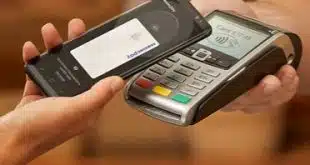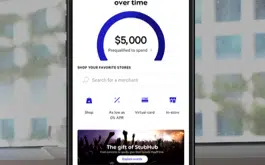Buy now pay later (BNPL) solutions have seen steady growth over the past few years. The lack of regulations and consumer protections have allowed financial institutions to maintain an edge in this product. But for how much longer? BNPL is now threatening the status quo, with 57% of customers saying BNPL services could replace their existing credit cards.
This trend is alarming for financial institutions. But there’s a silver lining. While BNPL solutions may offer a seamless user experience, most customers generally trust financial institutions more than they do upstart tech companies. This means banks still have time to retain their edge over flashier BNPL startups— if they can provide a comparable user experience and better educate users about credit card usage.
Opening a BNPL account is generally easier than opening a new bank account or applying for a credit card. For example, Klarna customers can download the app, create an account, and begin shopping within minutes. Convenience like this has driven the BNPL boom. While banks have traditionally lagged in adopting such streamlined user experiences, there’s no reason they can’t compete today.

For example, instant card issuance technology offers customers near-immediate access to new credit and debit cards. Your bank can print personalized, fully activated payment cards at kiosks or primary locations and reduce the time it takes customers to make their first purchase.
Not only does instant issuance provide customers with the convenience and efficiency they expect, it also reduces the risk of fraud that comes from mailing new debit and credit cards. Even if a customer is unable to visit an in-store location, instant issuance enables them to add new card information to their mobile wallet while their physical card is still in transit. By adopting instant issuance—along with similar user-experience improvements—banks can make onboarding for traditional credit offerings just as fast and easy as opening a new BNPL account.
Banks also have a secret weapon when it comes to competing with BNPL: customer trust. The number of BNPL delinquencies has risen throughout 2022, leading some critics to claim the BNPL model takes advantage of cash-strapped customers and leads them toward unnecessary debt. While BNPL enables customers to make a purchase and pay later in a series of installments, this flexibility is often accompanied by unwise spending habits. Regulatory oversight of BNPL companies to prevent such negative outcomes is lacking.
Financial institutions already have an edge over BNPL companies when it comes to regulations, but they can differentiate themselves further by educating customers on the ins and outs of credit before they sign up. In addition to in-person education, banks should educate customers through mobile apps and online portals that don’t disrupt user experiences.
If banks can build trust with customers around credit offerings and close the user-experience gap, they’ll see the threat posed by BNPL companies significantly decrease.
Banks may feel blindsided by the popularity of BNPL trends. But when you take a closer look at the factors consumers value most in modern financial experiences, it’s no surprise to see BNPL on the rise.
Nine out of 10 banking customers say the ease of opening an account is an important factor when choosing a bank or credit union. Convenience is the name of the game, but banks that prioritize convenient card issuance will gain an advantage—and maintain their competitive edge—over both competing banks and BNPL providers.
—Andy Cease is director of product marketing at Entrust




